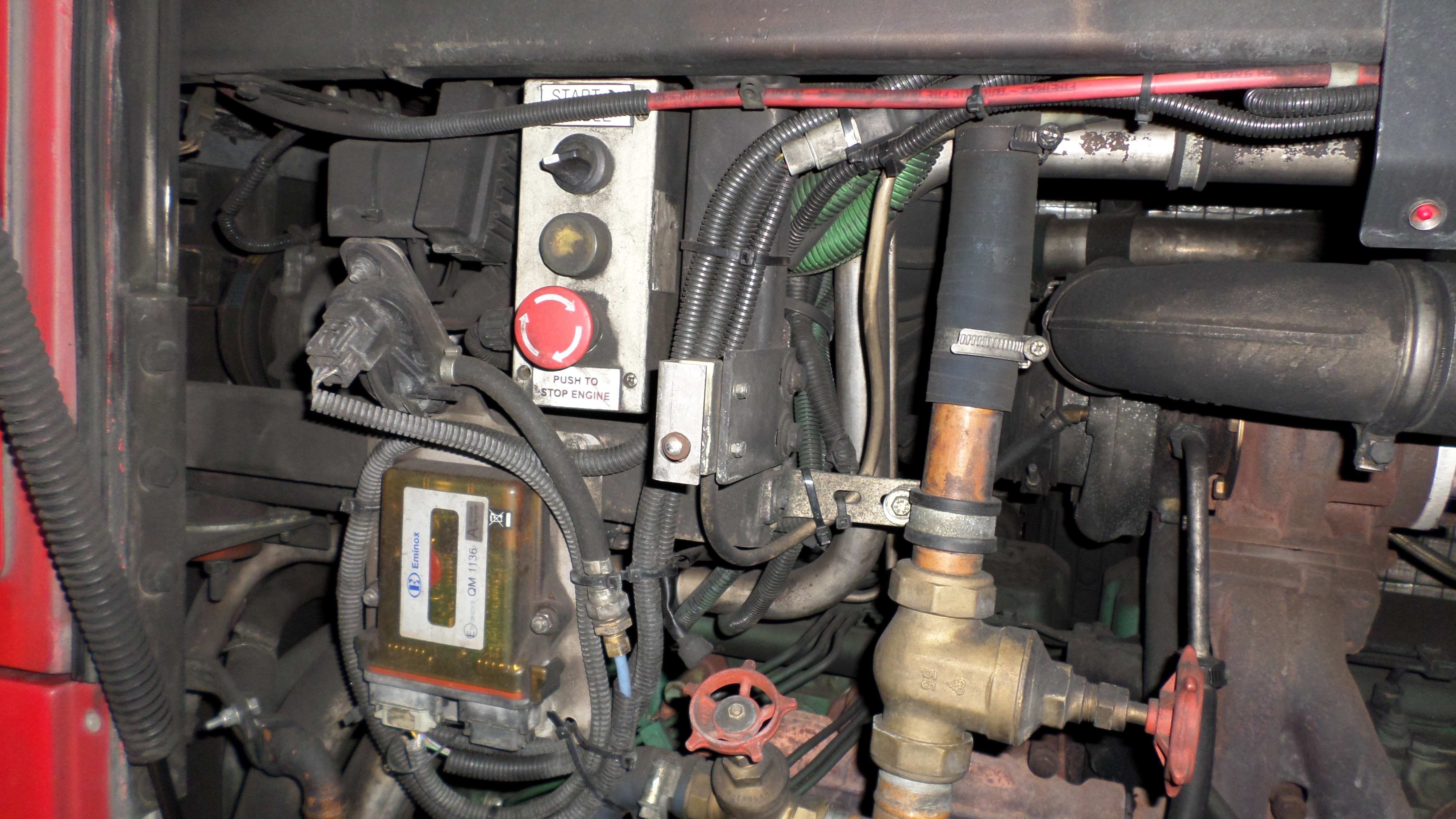Global exhaust systems market ‘worth £18bn by 2020’
The global market for systems which aim to reduce tailpipe emissions from road vehicle exhausts is projected to grow to $28.6 billion (£18.17 billion) in 2020, according to US market report.
Predicting a “promising” annual growth rate of around 7% over the next five years in the automotive exhaust systems market, the report by US market research firm MarketsandMarkets (M&M) expects companies involved in developing and fitting after-treatment devices such as diesel particulate filters (DPFs) to benefit as emissions become more tightly-regulated around the world.
“Emission regulations are getting stricter globally and this has led to improved demand for advanced after treatment products,” the report states. “The automotive exhaust system market has recorded significant growth during the past few years. This growth is estimated to continue in the foreseeable future, following emission reduction regulations.”
The ‘key players’ in the global market include companies in the US, Germany, France and Japan, but the market is likely to be bolstered by emerging economies in the likes of China and India, where car sales — and therefore exhaust systems — continue to grow considerably, according to the report.
China is described as the world’s largest automobile market over the past two years, with many major manufacturers setting up development plants in the region due to “favourable work conditions and cheap work force” and because China “provides a positive future for the automobile market”.
And, with after-treatment devices mainly used to cut diesel emissions, it is with diesel vehicles that the report projects “major growth opportunities” for all exhaust systems manufacturers.
Diesel engine after-treatment includes systems such as DPFs, diesel oxidation catalysts (DOCs) lean NOx traps (LNTs), and selective catalytic reduction (SCR).
According the report, DPFs trap particulate matter present in the exhaust gas and collects the resultant soot; DOCs break down the carbon monoxide and hydrocarbons into carbon dioxide and water; LNTs reduce the NOx and NO2Â emissions generated during the lean burning of fuel; and SCR uses ceramic brick and precious metals — such as platinum, palladium, and rhodium — as catalysts to break down the harmful exhaust gases.
However, the report also highlights the ‘latest development in the field of after-treatment devices’ — the Gasoline Particulate Filter (GPF) — which works on the same principle as DPF to reduce the particulate matter generated during the rich burning of gasoline fuel in Gasoline Direct Injection (GDI) engines.
The report follows the UK Supreme Court’s ruling in May that the government must produce a new air quality plan before the end of 2016, which transport and technology firms described as an “opportunity” to boost innovation in the UK green technology industry (see AirQualityNews.com story).
















